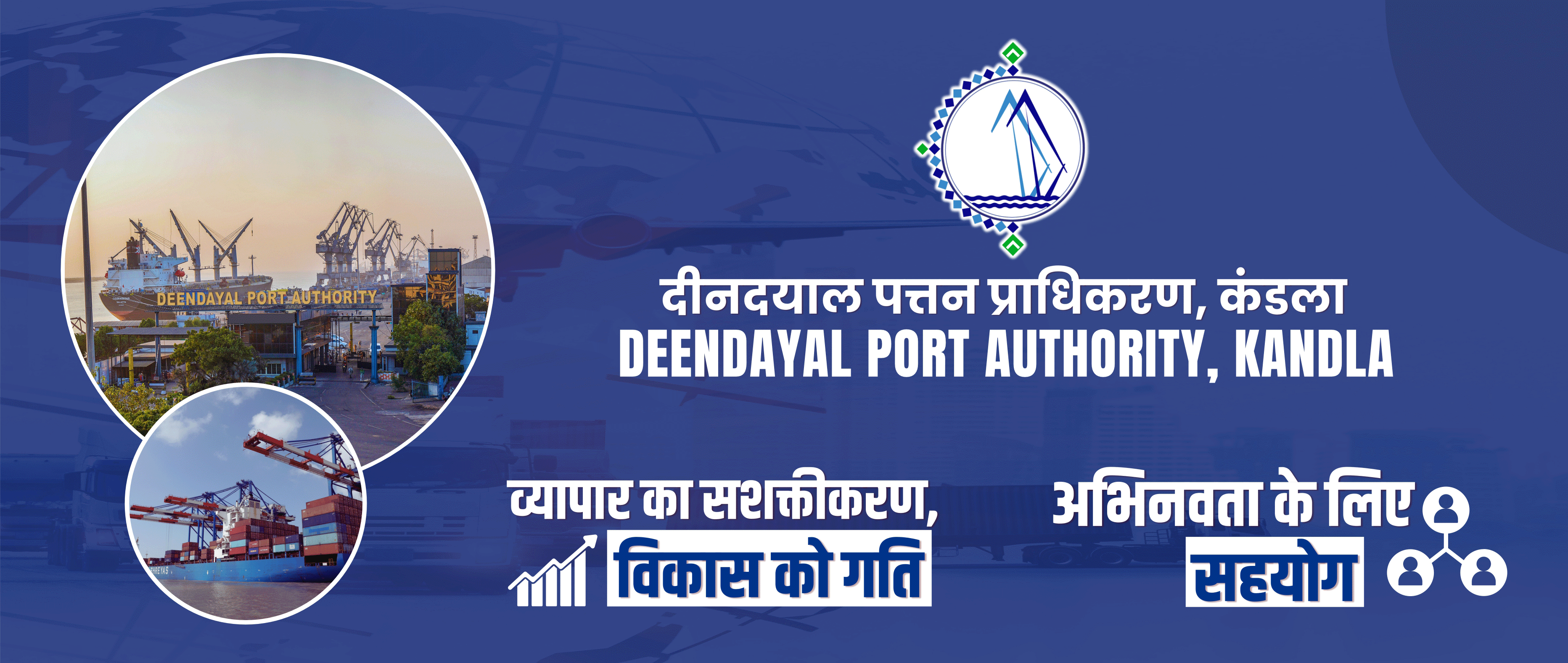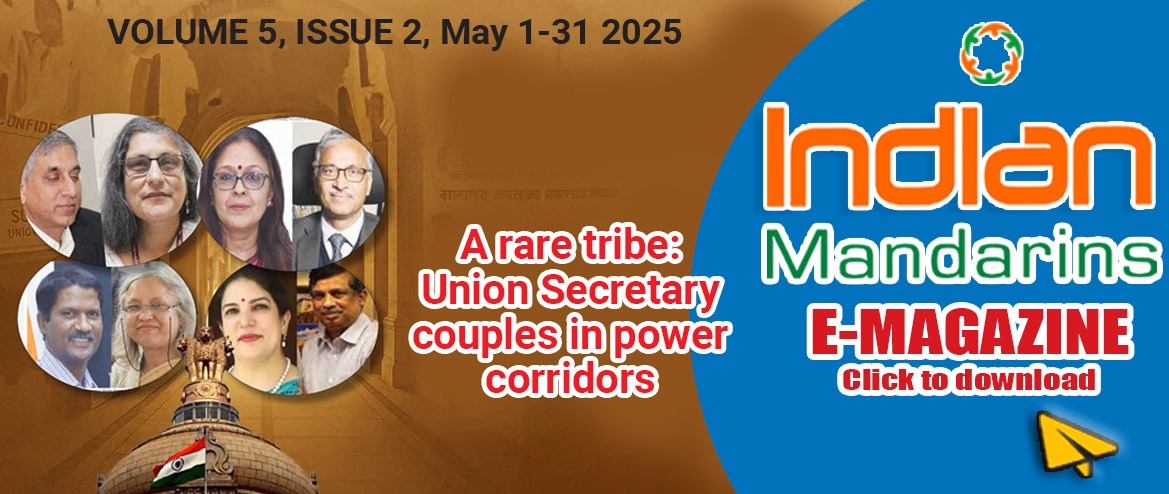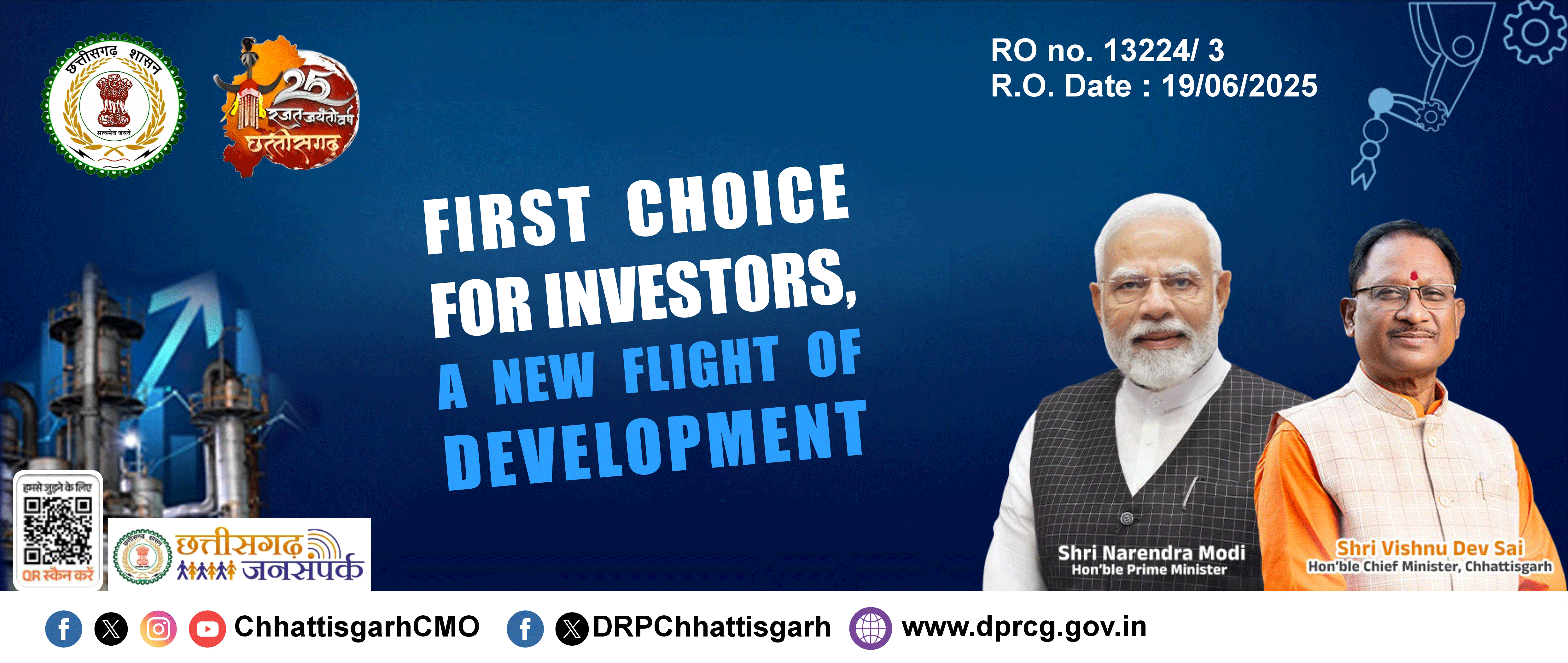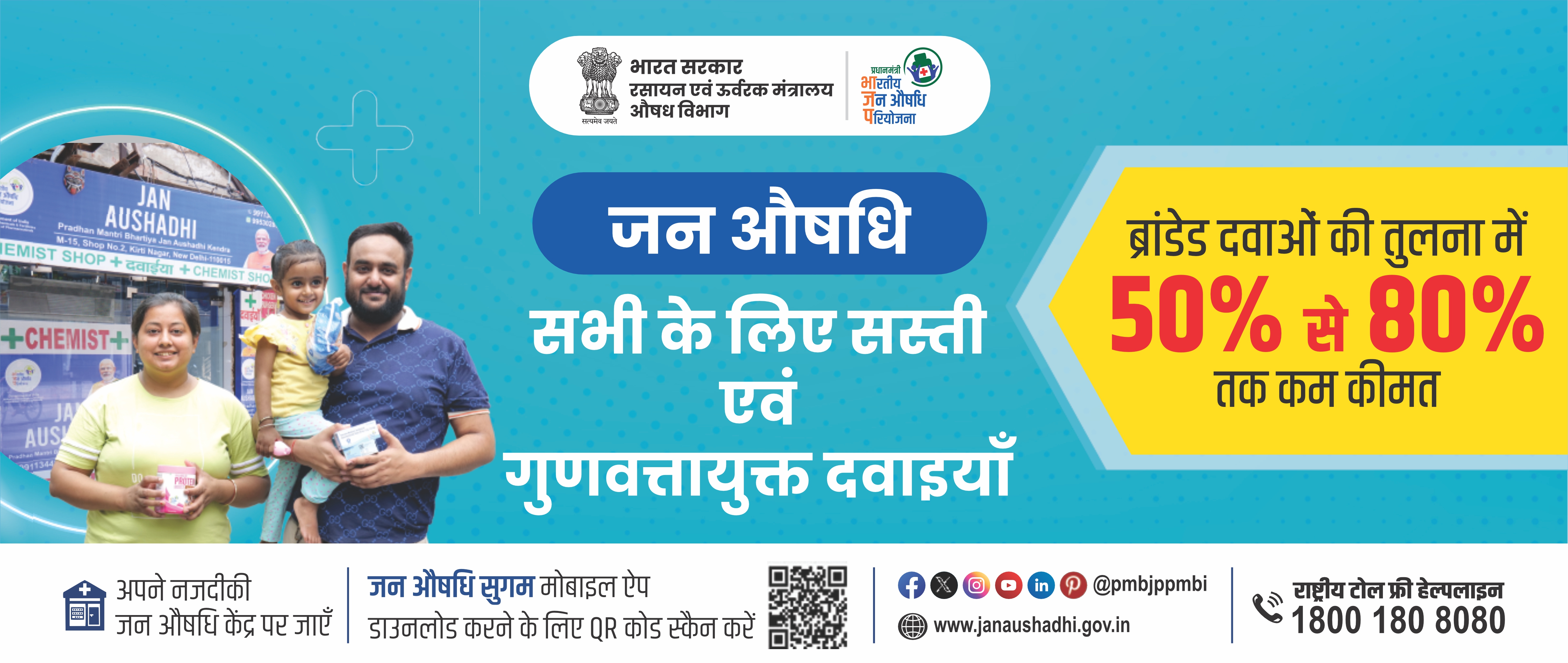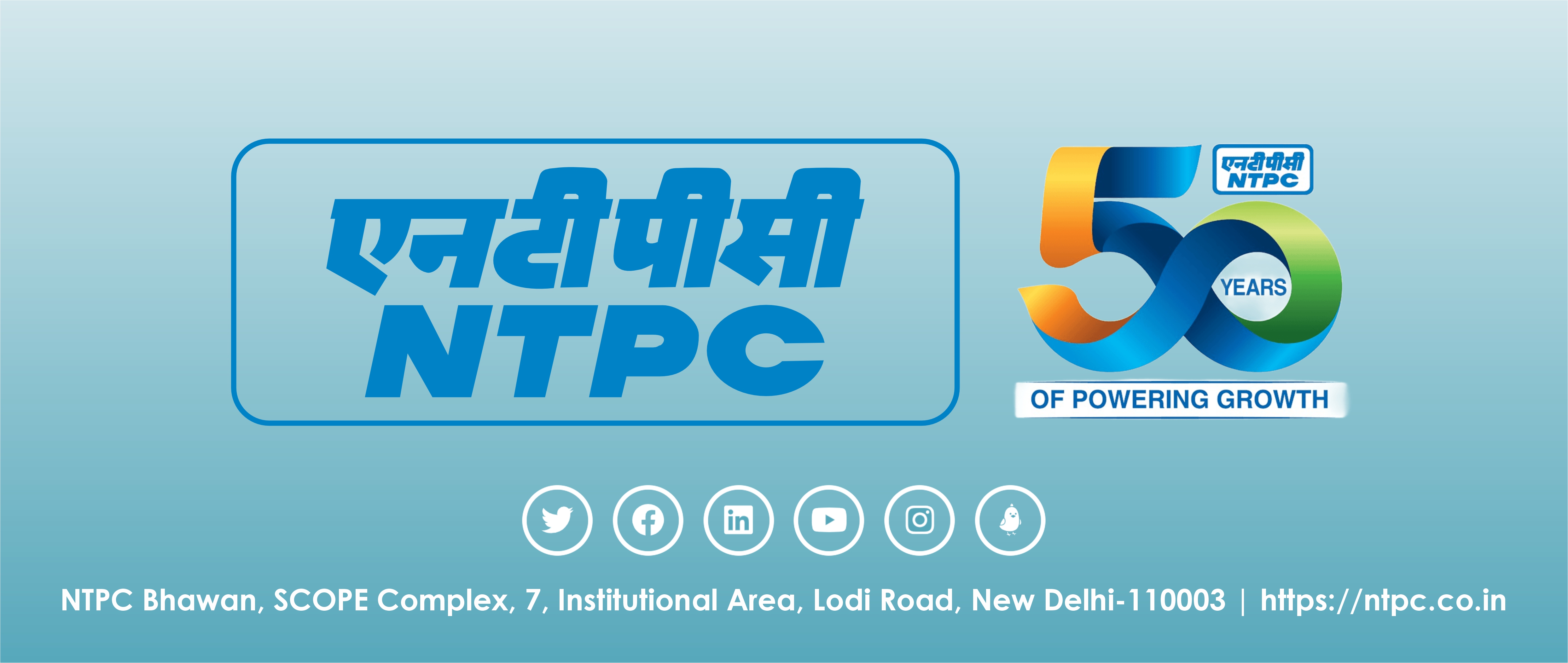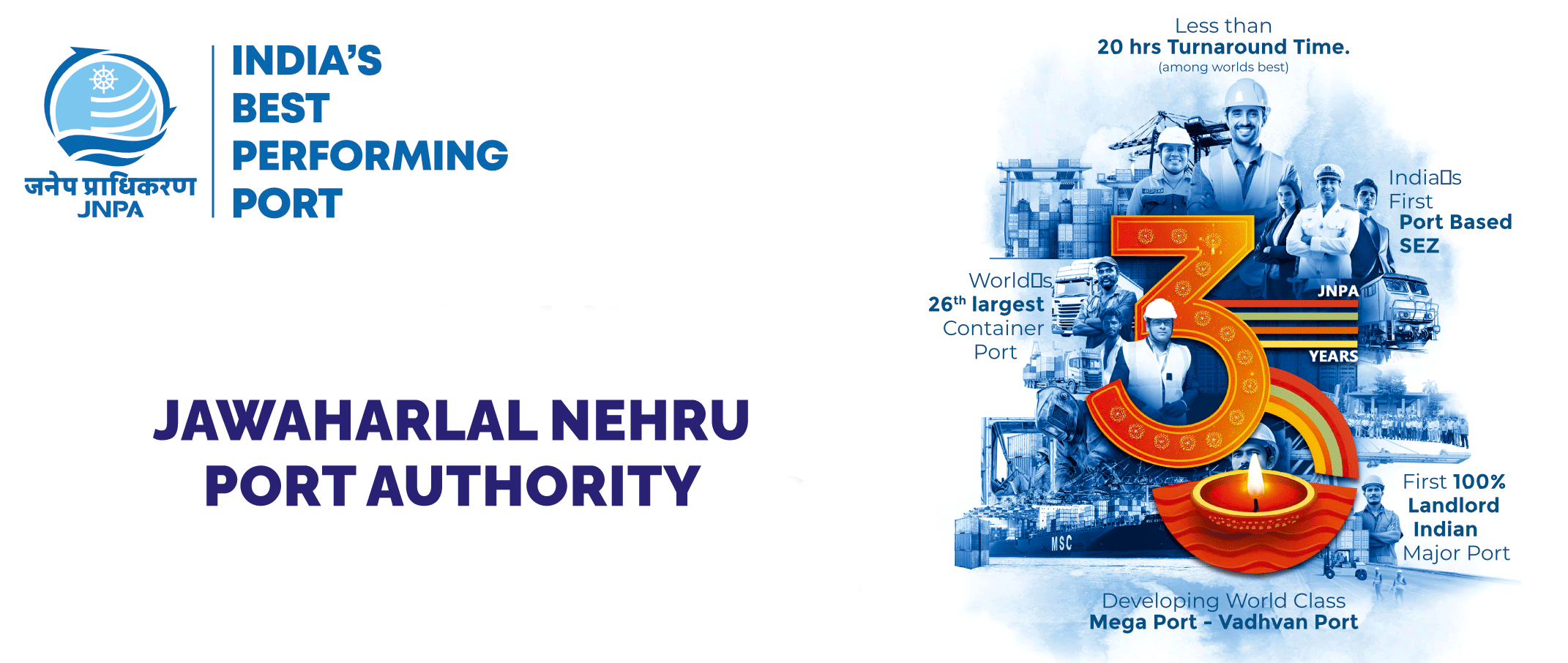TO RECIEVE EXCLUSIVE POSTS AND NEWS
![]() The release of funds to States for NaMo's Swachh Bharat Mission - Gramin (SBM-G) in 2015-16 was below target as the delivery of funds to individuals who applied for the funds was below 43 percent.
In the first 11 months of 2015-16, only 49 per cent of the sanctioned budget of ₹9,000 crore was released to the State governments, according to the Centre for Policy Research (CPR). That trend seems to indicate that the Centre is quite likely to miss the target for the year.
In the corresponding period of 2014-15, fund releases were much higher: 71 percent of the allocated amount had been released.
There could be many reasons for the much larger shortfall so far in 2015-16, say experts.
"It is likely that the previously sanctioned amount was unutilised, thus impacting the releases this year," says Avani Kapur, a senior researcher at CPR. The Centre, the States and individual households share the project cost in an agreed ratio.
To get more funds, State governments have to present a fund utilisation certificate to the Centre.
There was also some confusion about the amounts to be devolved to States due to the implementation of the Fourteenth Finance Commission, adds Kapur.
The lower fund release has, however, not stopped State governments from installing more toilets.
In 2015-16, many States were seen spending in anticipation of fund releases by digging into their own pockets.
The PM"s home state Gujarat, for instance, spent 169 percent of the available funds (unutilised funds from the previous year plus funds released in the current fiscal) till the end of February 2016, while Tamil Nadu and West Bengal spent 150 per cent and 146 per cent, respectively.
But some States such as Kerala, Bihar, Himachal and Uttar Pradesh have spent less than 50 percent of the available funds.
SBM-G, launched in 2014 by the NDA government, is a new avatar of the Total Sanitation Campaign launched in 1999, which was later restructured as the Nirmal Bharat Abhiyan.
For the financial year 2016-17, the Centre has budgeted ₹9,000 crore for the scheme, which is three times the allocation for 2014-15. This year's Budget introduced a Swachh Bharat cess to part-fund the project.
About 97 percent of the total expenditure for 2015-16 so far has been spent on constructing individual household latrines for Below-Poverty-Line households and other underprivileged households, according to CPR data; that figure is marginally up from 94 percent a year earlier.
Spends on IEC (Information, Education, and Communication) took a hit, falling from 4 percent of overall spends in 2014-15 to 1 percent in 2015-2016 (till February end).
This is despite the fact that the awareness level about the project -- and about cleanliness in general -- remained quite low, according to a separate survey which was carried out by the CPR across 10 districts and five States in December 2015.
In 48 per cent of households surveyed, at least, one member defecated in the open, while the awareness levels about the appointment of swachdoots and panchayat swachhata samiti remained poor.
Swachdoots and panchayat swachhata samiti are tasked with promoting awareness about the project as well as encouraging toilet usage. Interestingly, the survey also found that of all the households that applied for an SBM grant, less than 43 percent actually received it.
The release of funds to States for NaMo's Swachh Bharat Mission - Gramin (SBM-G) in 2015-16 was below target as the delivery of funds to individuals who applied for the funds was below 43 percent.
In the first 11 months of 2015-16, only 49 per cent of the sanctioned budget of ₹9,000 crore was released to the State governments, according to the Centre for Policy Research (CPR). That trend seems to indicate that the Centre is quite likely to miss the target for the year.
In the corresponding period of 2014-15, fund releases were much higher: 71 percent of the allocated amount had been released.
There could be many reasons for the much larger shortfall so far in 2015-16, say experts.
"It is likely that the previously sanctioned amount was unutilised, thus impacting the releases this year," says Avani Kapur, a senior researcher at CPR. The Centre, the States and individual households share the project cost in an agreed ratio.
To get more funds, State governments have to present a fund utilisation certificate to the Centre.
There was also some confusion about the amounts to be devolved to States due to the implementation of the Fourteenth Finance Commission, adds Kapur.
The lower fund release has, however, not stopped State governments from installing more toilets.
In 2015-16, many States were seen spending in anticipation of fund releases by digging into their own pockets.
The PM"s home state Gujarat, for instance, spent 169 percent of the available funds (unutilised funds from the previous year plus funds released in the current fiscal) till the end of February 2016, while Tamil Nadu and West Bengal spent 150 per cent and 146 per cent, respectively.
But some States such as Kerala, Bihar, Himachal and Uttar Pradesh have spent less than 50 percent of the available funds.
SBM-G, launched in 2014 by the NDA government, is a new avatar of the Total Sanitation Campaign launched in 1999, which was later restructured as the Nirmal Bharat Abhiyan.
For the financial year 2016-17, the Centre has budgeted ₹9,000 crore for the scheme, which is three times the allocation for 2014-15. This year's Budget introduced a Swachh Bharat cess to part-fund the project.
About 97 percent of the total expenditure for 2015-16 so far has been spent on constructing individual household latrines for Below-Poverty-Line households and other underprivileged households, according to CPR data; that figure is marginally up from 94 percent a year earlier.
Spends on IEC (Information, Education, and Communication) took a hit, falling from 4 percent of overall spends in 2014-15 to 1 percent in 2015-2016 (till February end).
This is despite the fact that the awareness level about the project -- and about cleanliness in general -- remained quite low, according to a separate survey which was carried out by the CPR across 10 districts and five States in December 2015.
In 48 per cent of households surveyed, at least, one member defecated in the open, while the awareness levels about the appointment of swachdoots and panchayat swachhata samiti remained poor.
Swachdoots and panchayat swachhata samiti are tasked with promoting awareness about the project as well as encouraging toilet usage. Interestingly, the survey also found that of all the households that applied for an SBM grant, less than 43 percent actually received it.





